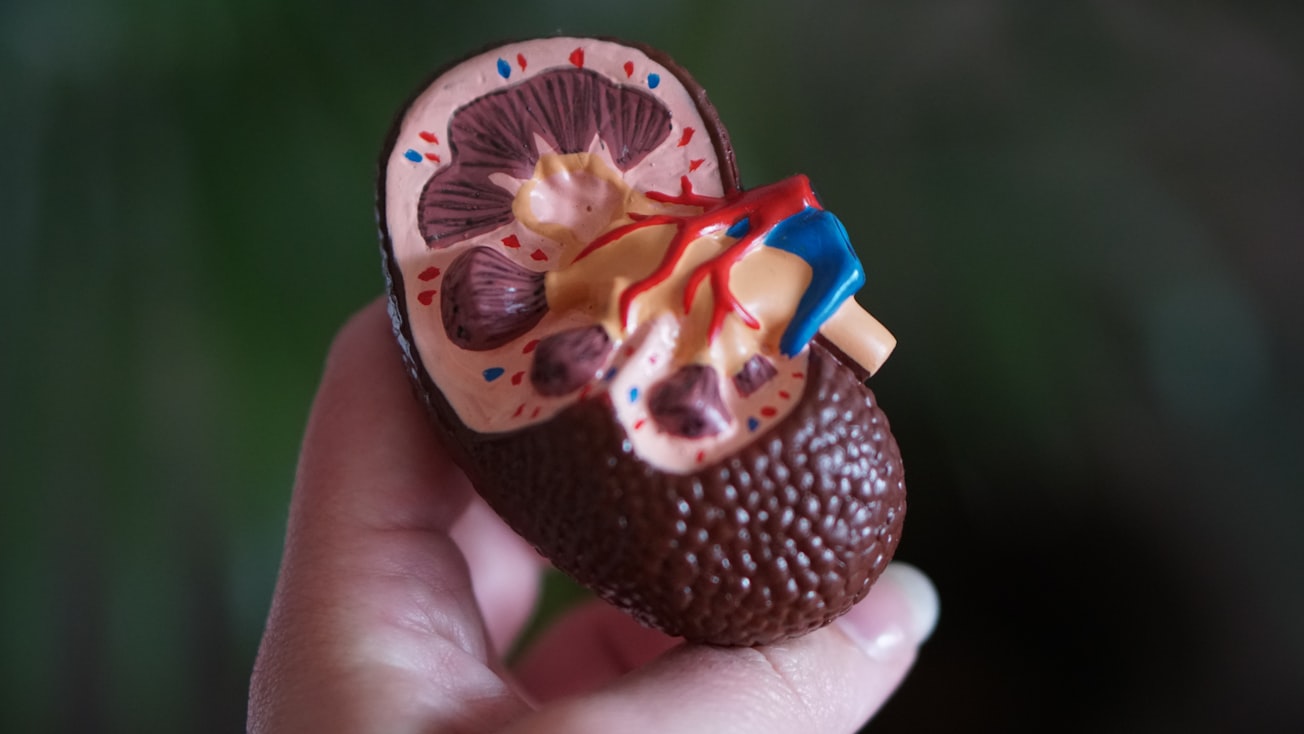What is it about?
A prospective cohort study compared rates of acute rejection following kidney transplantation who identified at least one barrier to taking immunosuppressive medications and those who did not endorse barriers prior to transplantation. Patients and caregivers reported barriers on a 14-item checklist Barriers Assessment Tool (BAT). Barriers were collected across logistical issues, ingestion difficulties, efficacy, financial difficulties, regimen characteristics, and patient-specific issues. Results revealed 43% of patients and 34% of caregivers identified at least one barrier to adherence. Further, patients who identified at least one adherence barrier had a 2.6-fold increased risk of developing biopsy-proven acute rejection within 24 months of transplantation after adjusting for age, sex, and race. Specifically, 22 patients (22%), were observed to experience biopsy-proven acute rejection.
Featured Image

Photo by Robina Weermeijer on Unsplash
Why is it important?
Those who endorsed at least one barrier were more likely to experience acute rejection than those who endorsed no barriers. The BAT may be a useful tool for identifying those at risk for experiencing rejection among transplant recipients. Additionally, the BAT is useful in identifying modifiable behavioral barriers rather than non-modifiable factors associated with acute rejection (e.g., patient age, race, and sex). Lastly, using the BAT, researchers patients at higher risk of rejection, which has not been demonstrated with other measures of adherence barriers.
Read the Original
This page is a summary of: Predicting acute rejection in children, adolescents, and young adults with a kidney transplant by assessing barriers to taking medication, Pediatric Nephrology, January 2021, Springer Science + Business Media,
DOI: 10.1007/s00467-021-04946-8.
You can read the full text:
Contributors
The following have contributed to this page










